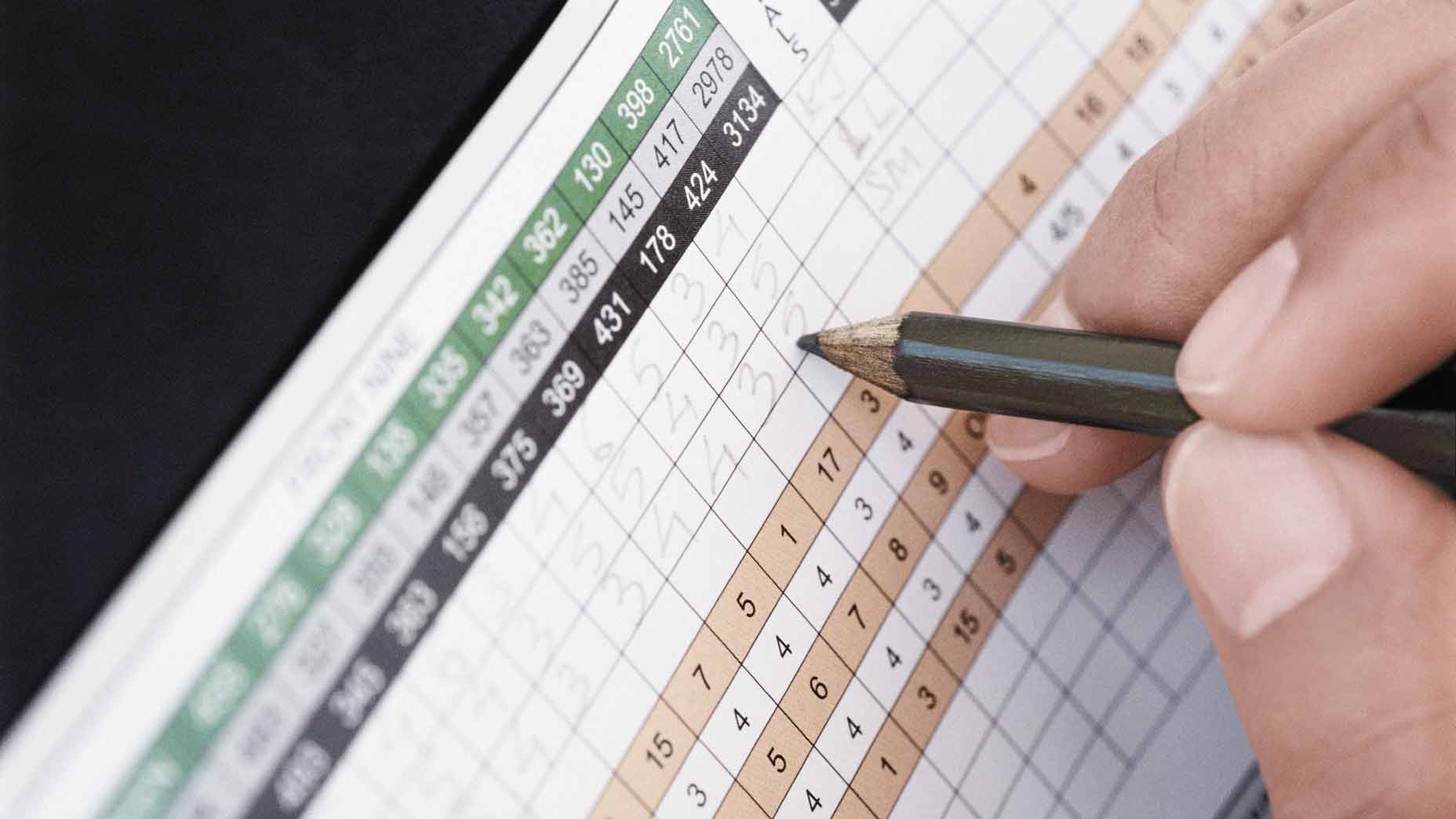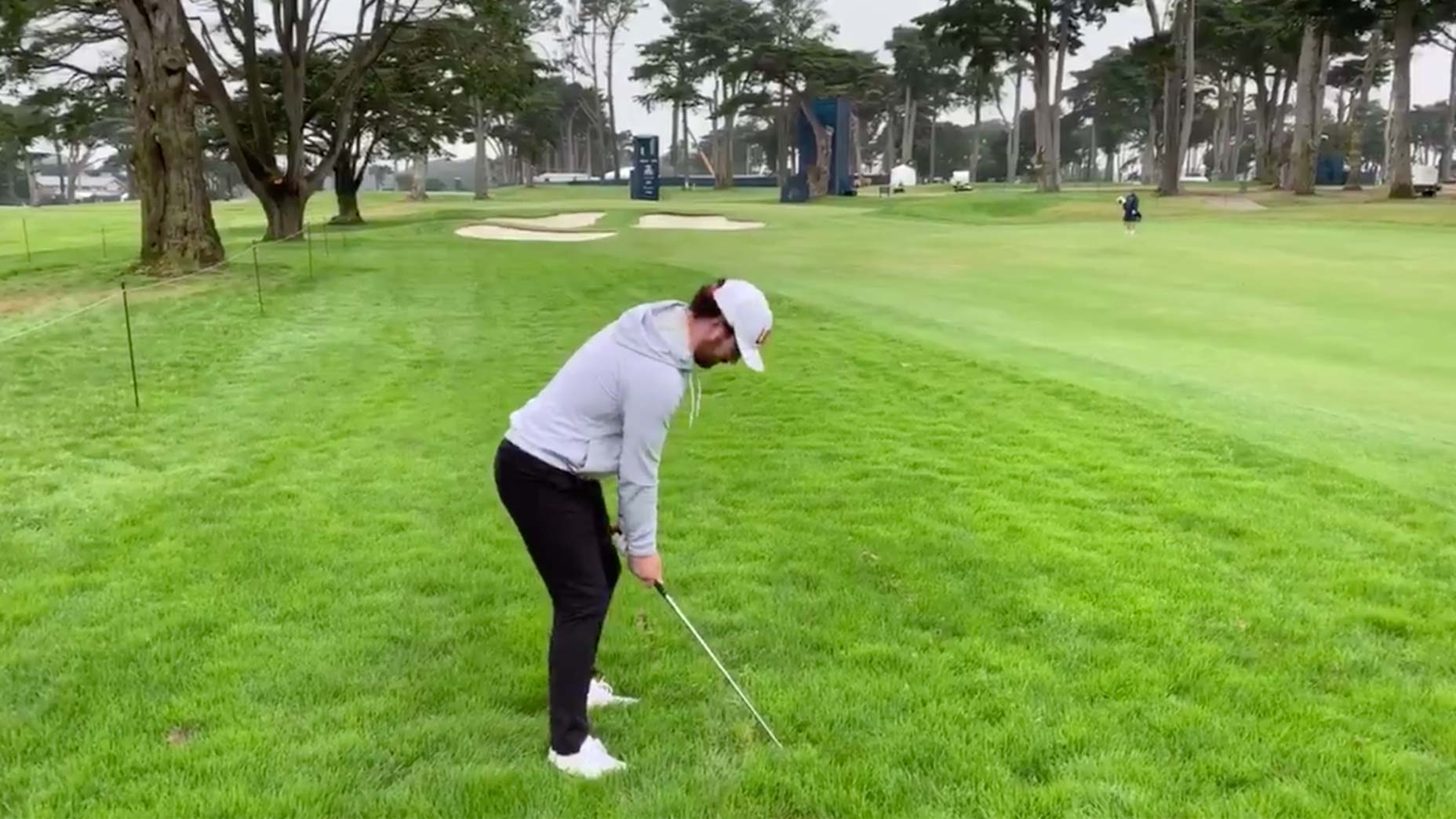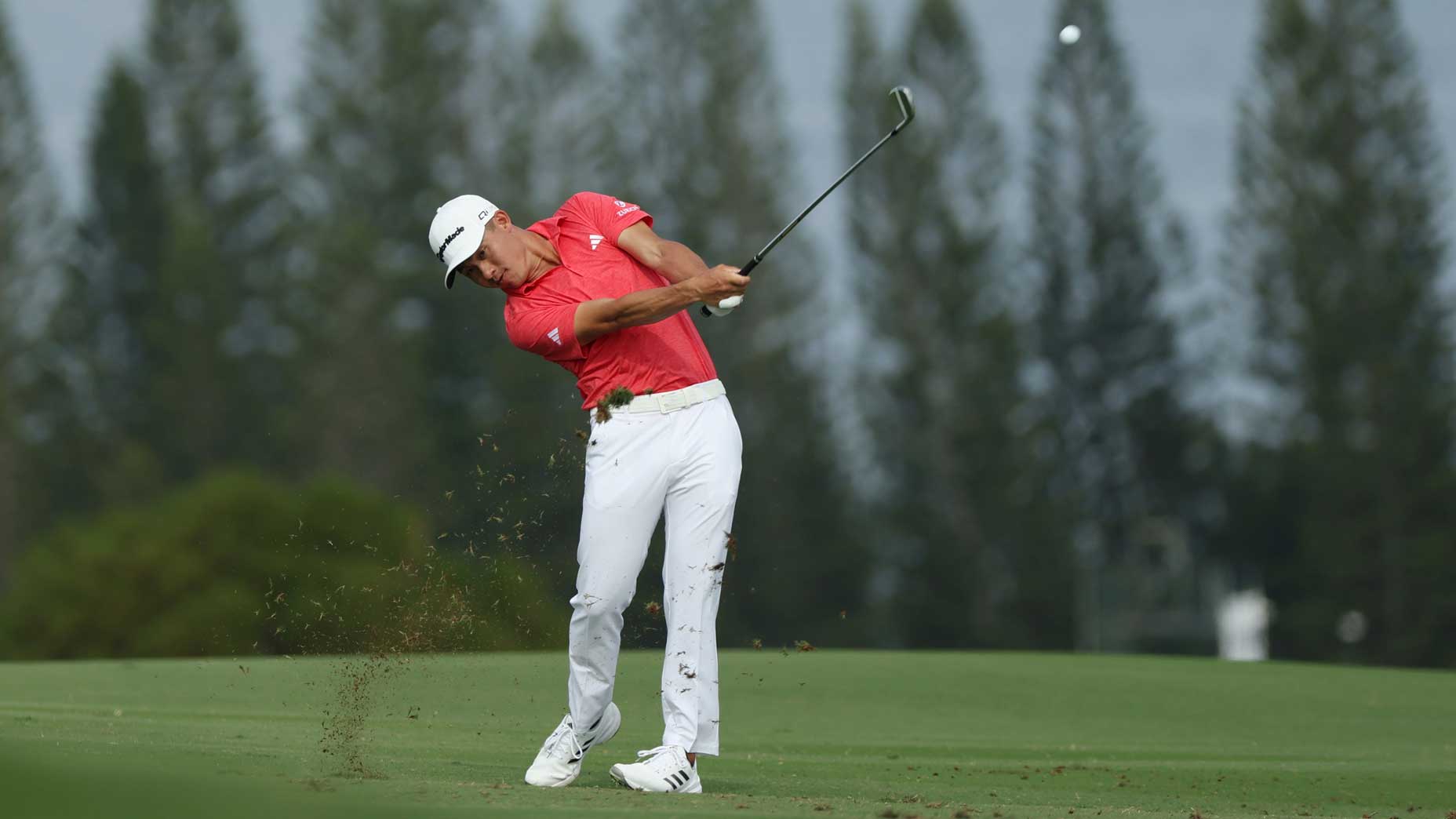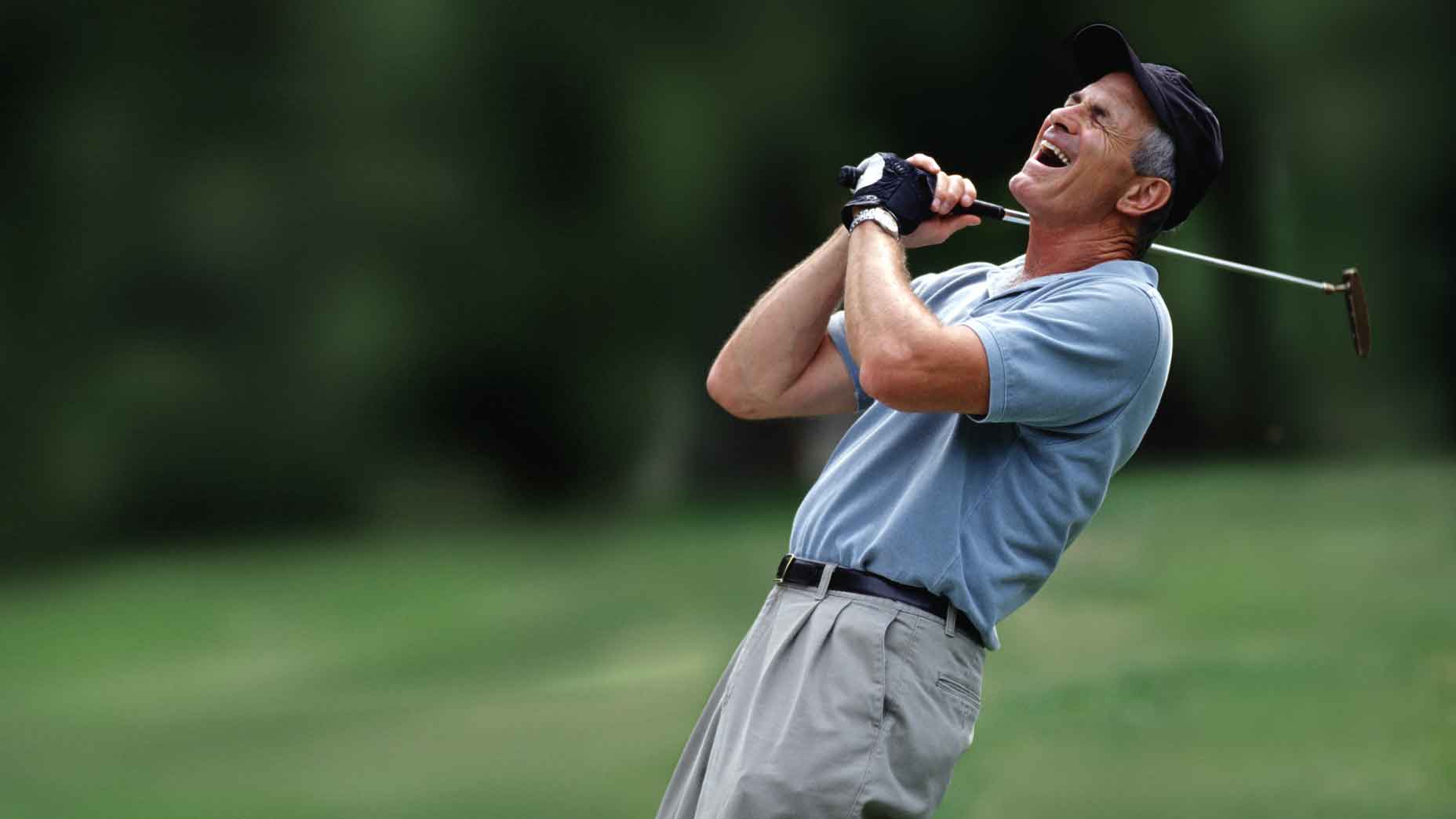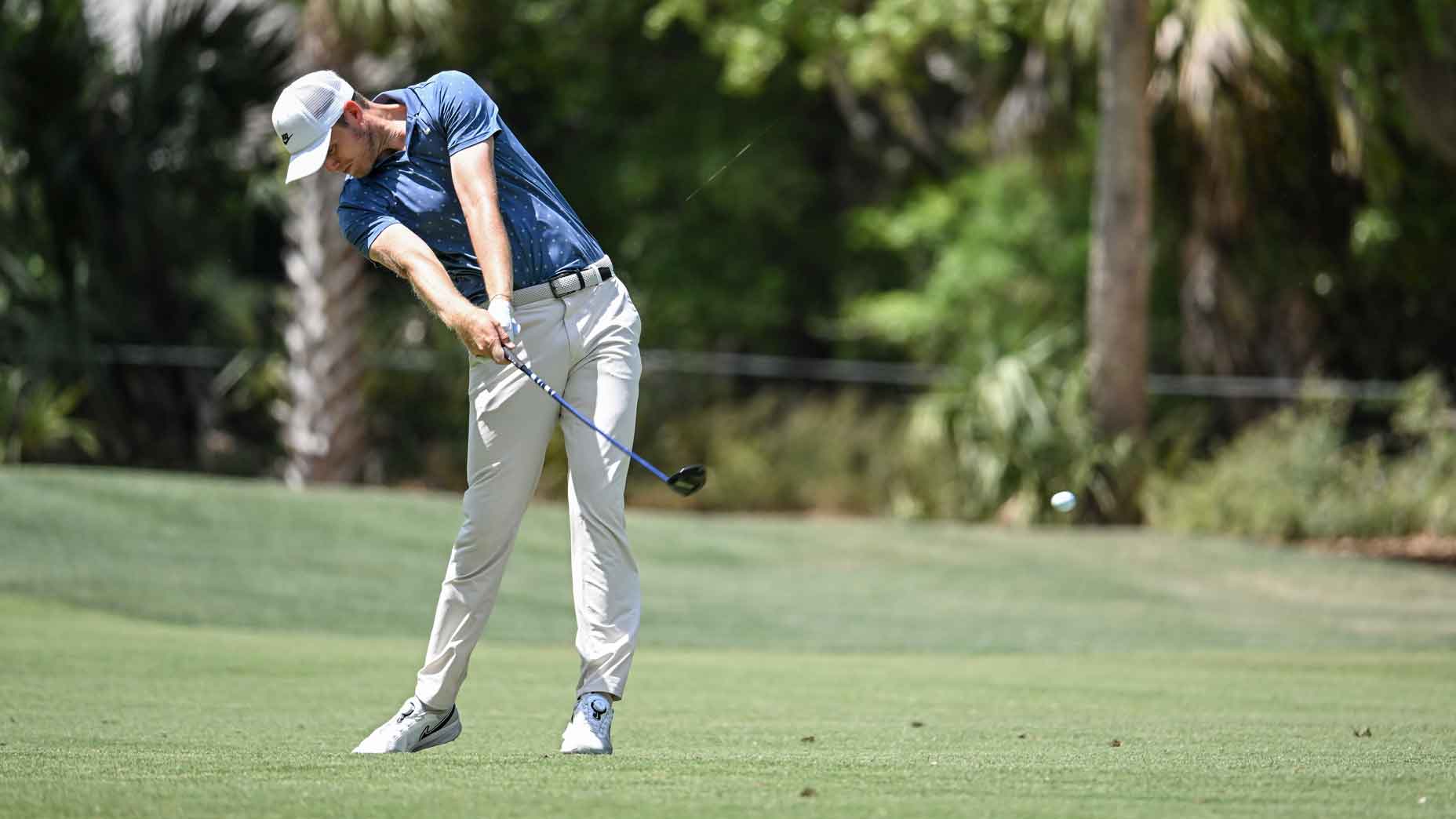So often — too often! — golfers think the difference between 90s shooters and 70s shooters is finding a mythical secret to golf. That if only they could change this one thing about their swing, all their issues would be solved. And while it’s certainly true that lower handicaps do certain things better in their golf swings than higher handicaps, you can work wonders on your game simply by learning to play the game better.
Informed by data supplied by our friends over at GOLFTEC — you can book your own swing evaluation below — and some anecdotes from players and coaches from this week’s BMW Championship, we’re looking at a few scoring rules from tee-to-green that will help make your scorecard a little prettier.

GOLF.com Readers Save 15%
1. A goal for every shot
No matter your ability level, you should have a goal for every shot. It can’t be a negative thought — don’t hit it in the water! — either. That’ll only do more harm than good. It needs to be a positive, something-I-want-to-do thought, says Louis Oosthuizen.
“The main thing is figuring out what shot you want to hit and what you want to do,” he says. “First what I want to do, where I want to start it, where I want to finish it, and then execution. It’s always with the intention of hitting the best shot possible.”
It may sound like one of those intangible things that doesn’t seem like it’ll help, but it does. It’s why the pros do it.
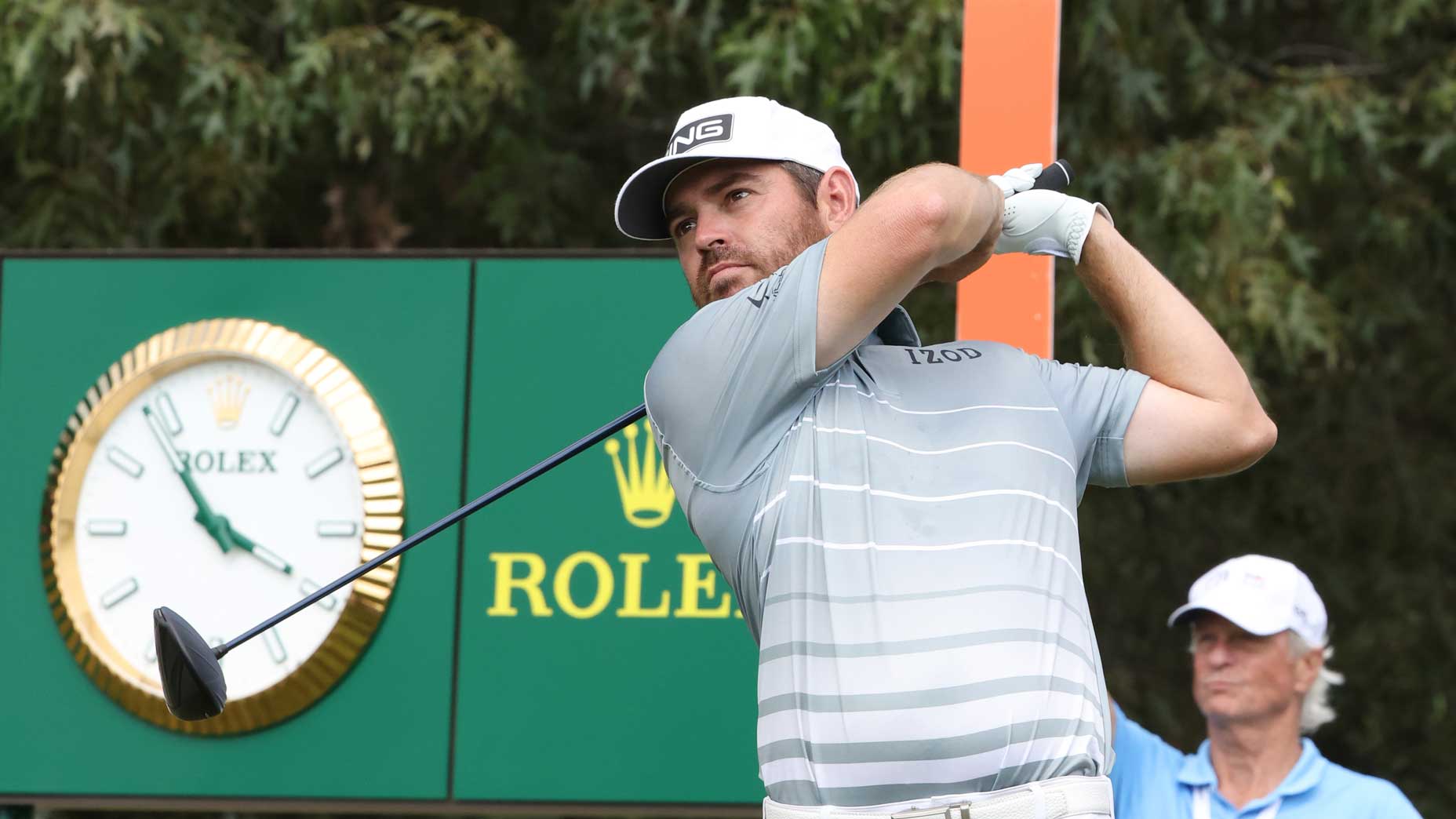
2. Know your miss
But, of course, golf is a game of misses, and golfers can’t divorce themselves from the reality of things not going their way. GOLFTEC delved pretty deep into this, and found that higher handicaps tend to be pretty bad at knowing where they’re going to miss. Higher handicaps tend to miss in every direction, with some contact errors along the way. Simply reducing your misses to just one direction — a big slice, for instance — can lower your score from over 100 to into the 90s, GOLFTEC found, before you start fixing any underlying issues.
3. Get back into position
But anyway, you’ve visualized your shot, missed anyway and now you’re in the trees. What should you do? Forget the hero shot, Bryson DeChambeau says. Just get yourself back into play.
“For most golfers, taking your medicine and getting back into play is smartest thing they can do,” he says. “Sometimes trying to hit the hero shot can lead to making a really big number.”
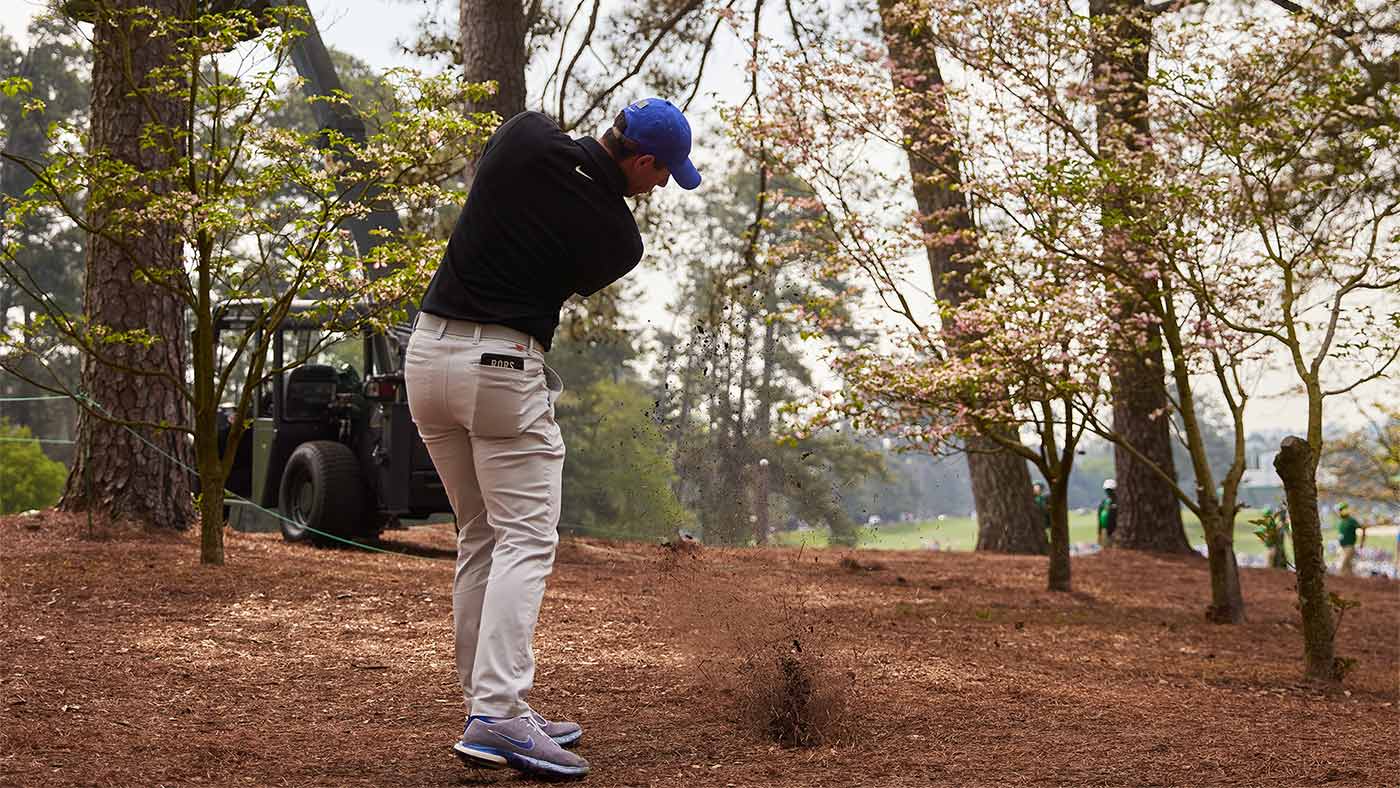
4. Prioritize solid contact
“The biggest lie in golf,” Max Homa says, is thinking you hit the ball longer than you do. GOLFTEC has the data to prove it: Higher handicaps tend to miss short a whopping 70 percent of the time. Overestimating your carry distances is obviously a big part of that, but a large cause of that problem is inconsistent contact. Rather than swinging to the fences on every shot, prioritizing making center contact can go a long way in helping you hit your numbers more often.
5. Good alignment
Take a good look at a pro golfer the next time you see one set up to the golf ball. They’re methodical, paying attention to every detail. They want to make sure they’re aligning their club and their body exactly where they’re intending to hit it. The rest of us? We tend to be more take it or leave it. And that’s hurting our games, Louis Oosthuizen’s coach Justin Parsons says.
“A lot of golfers don’t understand how much poor alignment can affect their golf swing,” Parsons says. “They immediately start trying to make a technical fix to their swing, when it can often be caused by poor alignment.”
